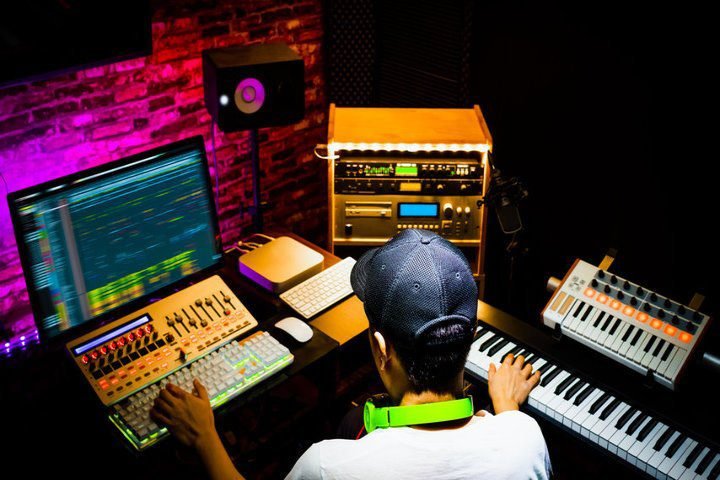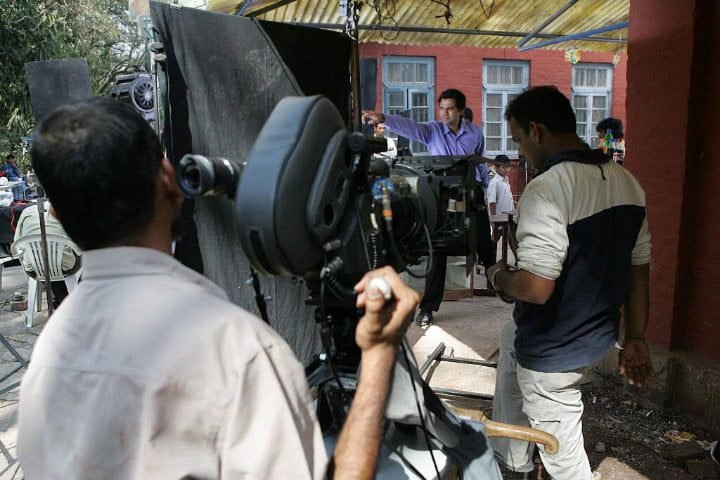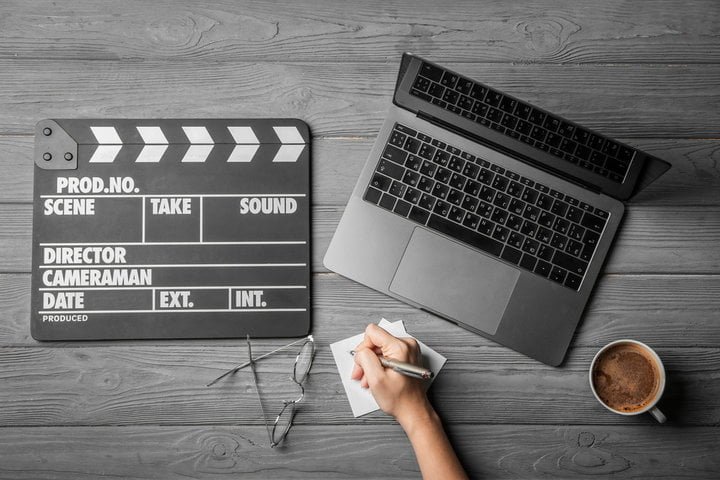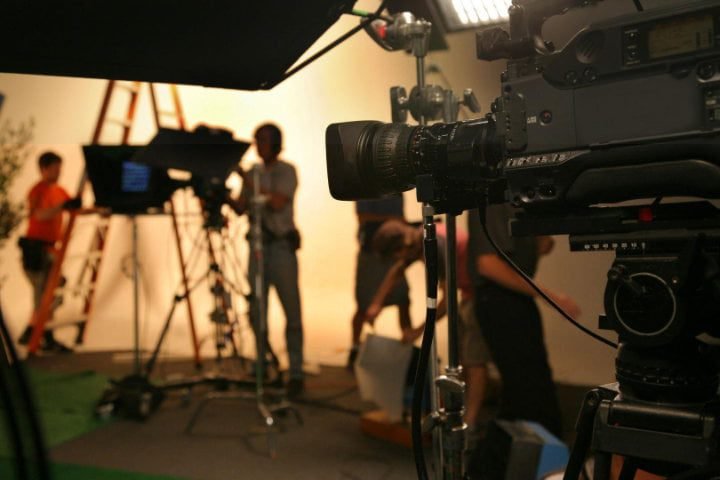Post-Shooting Stage
Post-production is a crucial stage that comes after the shooting stage is complete. It involves editing the visual and audio materials, such as raw footage, assembling scenes, adding music, dubbing, and sound effects, among other tasks. The post-production process is highly collaborative, and it can take several months or even a year, depending on the size and complexity of the project.
In This Article
Picture Editing
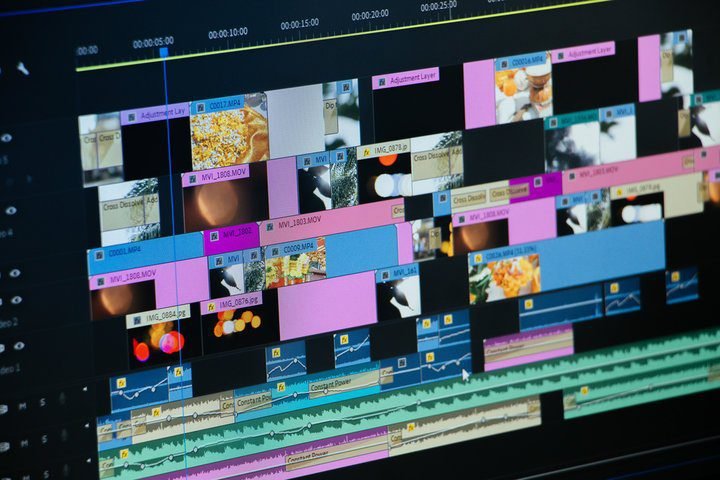
Assembling
The post-shooting stage of film production typically begins with picture editing. During this stage, the raw footage is pieced together to tell the overall story.
The visual editor’s responsibility is to read through the script and review the dailies (also known as rushes) from the footage that was shot on a particular day.
All the footage is gathered during this stage, and any substandard footage—bad takes, misread lines, not good shots—is deleted. There are labelled folders with the scene names that contain multiple takes from each scene.
Based on this, the editor creates an edit decision list (EDL) to cut the film in a way they believe will be most beneficial for the story.
Footage from each scene is then placed into an ordered timeline as the film begins to take shape.
Rough Cut
The editing team puts together a rough cut of the movie after filming is complete. Depending on the processing power and the number of editors involved, this process can take a few weeks. During this stage, the timeline is cleaned up, and the final takes of each scene are chosen to put together a rough edit.
Fine Cut
After the rough cut is done, the film undergoes several adjustments and edits to improve its quality. The finalized scenes are given shape and polished to perfection. Each individual frame is observed to ensure that the film flows seamlessly with no noticeable errors, like inconsistencies in costumes or camera angles.
Final Cut
The final cut is where all the remaining work occurs, including color grading and correction, motion graphics, and visual effects work ahead of release.
The director will ‘lock the picture’ when they are satisfied with how the visuals turn out. Sound editors will then begin to work on the sound.
Sound Design

The sound of a movie is equally important as its visuals. Any issues with the sound can be disturbing and may distract the audience from the main narrative. Improperly balanced sound can make it hard to notice what the characters are saying, and this can lead to crucial story elements being missed.
Automated Dialogue Replacement (ADR)
ADR, also known as automated dialogue replacement, is a process that involves re-recording the dialogue in a film’s screenplay to replace the original recordings captured during filming.
Sometimes, the sound captured on set may not be of good quality and can be difficult to hear, or background noise like rustling or other unwanted sounds can be picked up by the microphones. In these cases, ADR is used to ensure the dialogue is clear and easy to understand for the audience.

The ADR team re-recorded the lines of dialogue in a soundproof booth with actors and voiceover artists. These recordings are then added to the final edit. The ADR team ensures to synchronize the spoken words with the actor’s lip movements.
Music and Songs
A composer is responsible for creating and adding music to the film. They can either compose an original score specifically for the film or use existing music for which they need to purchase the rights. The music is then added to the scenes where it is required.
Foley

Foley artists record and recreate sounds for films, like footsteps, gunfire, and car engines, using materials in their sound studio.
Sound Mixing
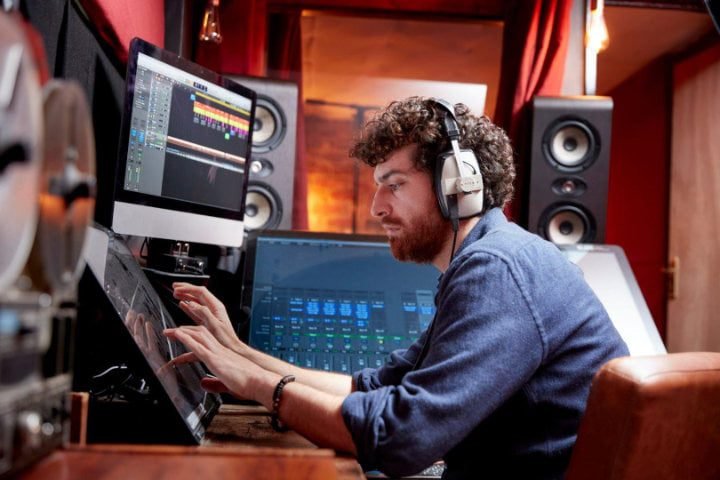
The role of a sound mixer is to gather all the different sound elements and blend them in a way that they can be heard at a suitable volume. For instance, the mixer ensures that voices are louder than the musical score so that the audience can clearly hear the dialogue. They may also add sound effects such as reverb or echo effects to create a specific atmosphere, like being in a cave.
Visual Effects
Contemporary blockbusters possess extraordinary special effects, featuring monsters, pirate ships, and other similar elements. However, most of these things either do not exist or are expensive and challenging to construct in real life.
This is where the visual effects team comes into play, utilizing powerful computer tools to design monsters and pirate ships for the movie’s universe.
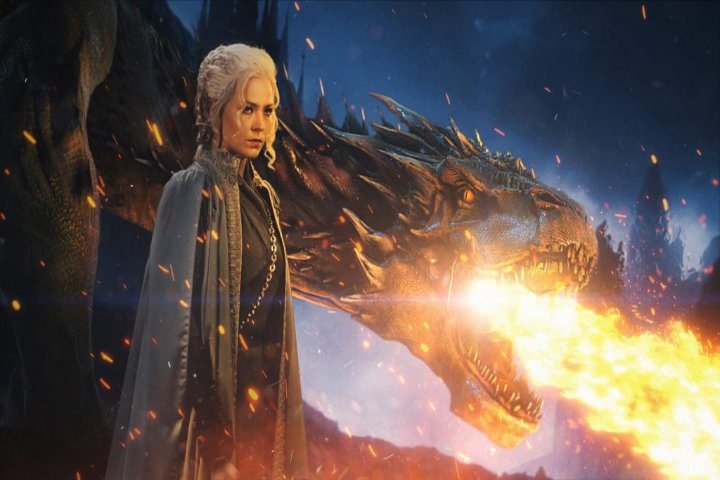
The VFX team is responsible for more than just big-budget special effects. They also create backgrounds for green screen shoots, especially for films that require fantasy or difficult-to-replicate backgrounds in real life.
Color Grading
Color grading, also referred to as color correction, is the process of enhancing the visual appearance of a film. Color grading is used to create consistency across shots and establish the mood by adjusting the color palette of each scene.

Sometimes, lighting and weather conditions can cause issues during filming on location. In such cases, color grading can be used to fix these problems. The color editor goes through every frame of the film with great detail to ensure that the colors are adjusted correctly to achieve the desired mood and consistency.
For example, if the filmmaker intends to create a dark and gloomy atmosphere, the color editor will ensure that the colors are adjusted accordingly. Additionally, it can be used to make artistic decisions, such as modifying the color of costumes or scenery to improve the overall visual appeal of the film.
Motion Graphics
Motion graphics refers to animated graphic design. In other words, it is graphics in movement, i.e., creating a relationship between movement and design elements. A motion designer uses text, images, and animation to convey information in a concise way that complements the video style.
Motion designers create visually appealing title cards, credits, and other graphics for the film. These graphics may include date stamps or other relevant information, which are then added to the film to enhance its overall quality and narration.
Dubbing and Subtitling
Dubbing
Dubbing involves replacing the original audio track of a video with a translated version in a different language, allowing viewers to hear dialogue in their preferred language.
While some viewers prefer watching videos with subtitles, others prefer following along with the dialogue in their native language.
Dubbing and voiceover are similar but serve different purposes. Voiceover informs viewers about the story and character and is commonly used for creative storytelling.
For a seamless and immersive viewing experience, dubbing must blend perfectly with the video. This makes sure that viewers can concentrate solely on the story without any interruptions from abrupt transitions.
Subtitling
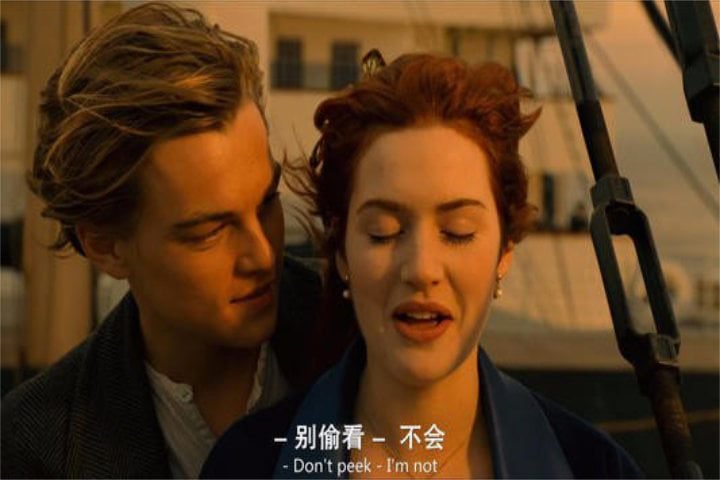
Subtitling is a textual representation of the original audio, allowing viewers to understand the dialogue while listening to the original language.
Subtitles are designed to only translate spoken language and do not include sound effects. Subtitles are intended for viewers who can hear the audio but cannot understand the language.
Captions are different from subtitles. They are a type of text displayed on the screen that conveys all audio elements in a video, including sound effects, speaker identifications, and non-speech elements.
They are written in the same language as the video’s original audio. For example, if the original audio is in English, the captions will be written in English.
Examples of post-production software
Here’s a list of commonly used examples of post-production software:
Video Editing
Sound Editing & Mixing
Color Grading
Visual Effects & Motion Graphics
The Film section in the CUET UG 2024 Mass Media and Communication syllabus includes this topic.

